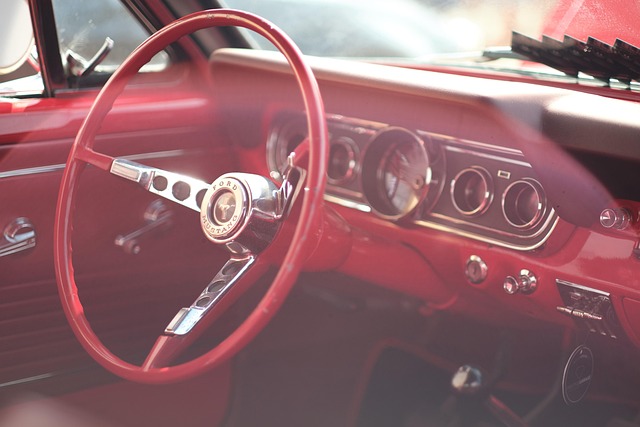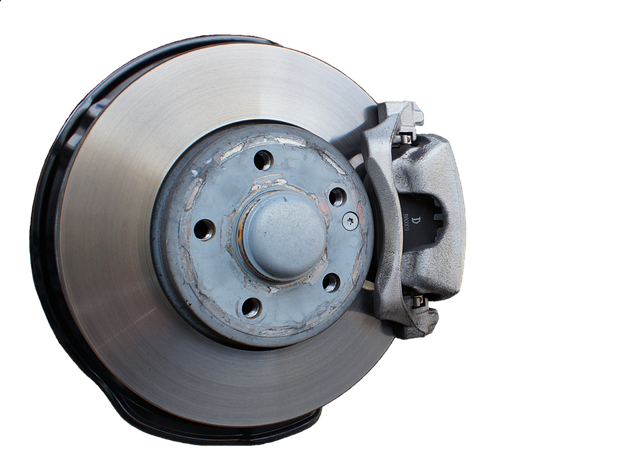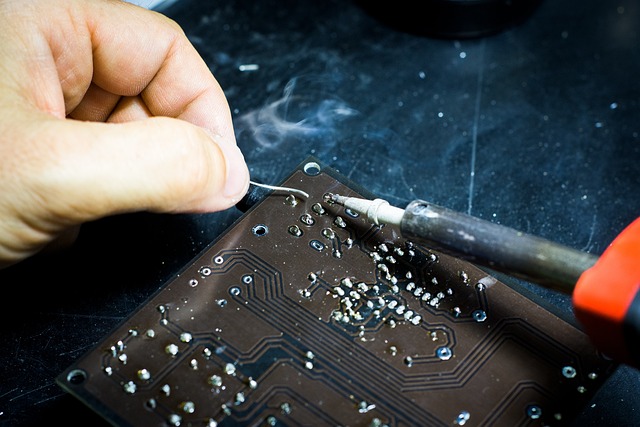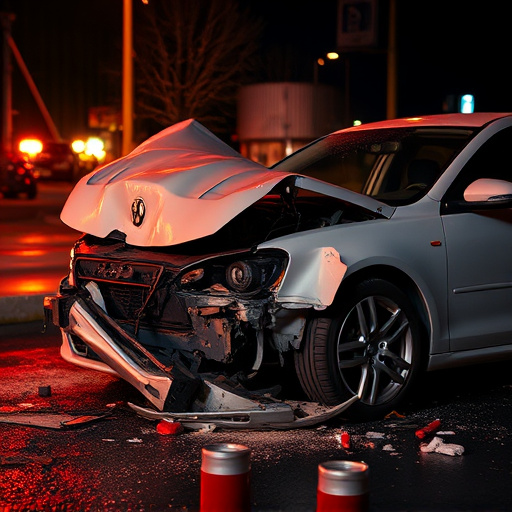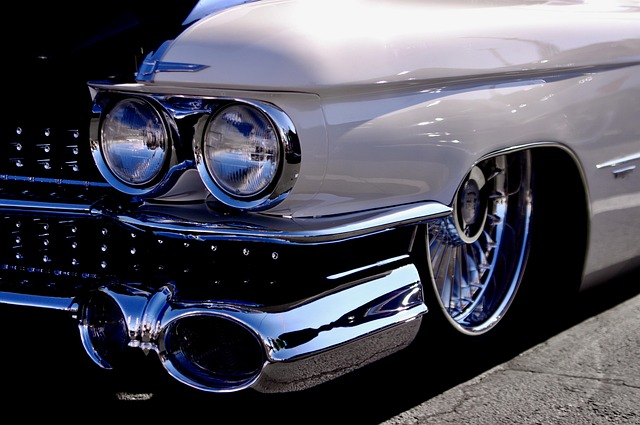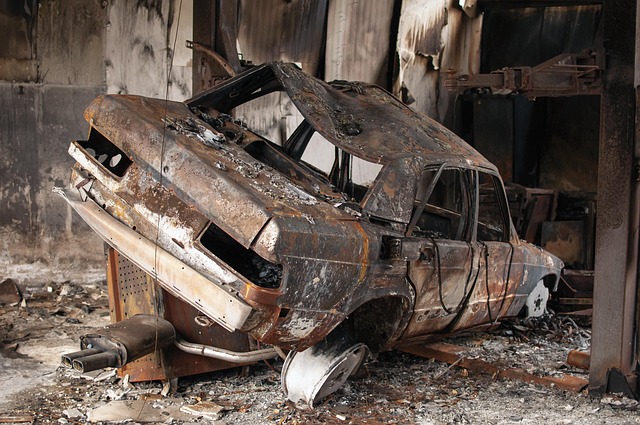Oxidation, a natural chemical process caused by oxygen and environmental factors, severely impacts auto paint finishes, leading to fading, cracking, and peeling. Effective paint finish restoration requires addressing oxidation to ensure durable, long-lasting repairs that match the original factory finish. Understanding the mechanisms of oxidation is crucial for the auto bodywork industry to employ proper restoration techniques and combat this process.
“Uncover the secrets of oxidation and its profound impact on paint finish restoration. This comprehensive guide delves into the science behind this common yet detrimental process, revealing how it transforms vibrant finishes into faded, damaged surfaces. From identifying early signs like cracking and discoloration to understanding advanced stages of rusting and delamination, we equip you with knowledge. Learn effective restoration techniques, including safe removal of oxidized layers and strategic application of new paint coatings, ensuring long-lasting protection against future oxidation.”
- What is Oxidation and How Does it Affect Paint Finish?
- – Definition of oxidation
- – Mechanisms and causes of oxidation in paint finishes
What is Oxidation and How Does it Affect Paint Finish?
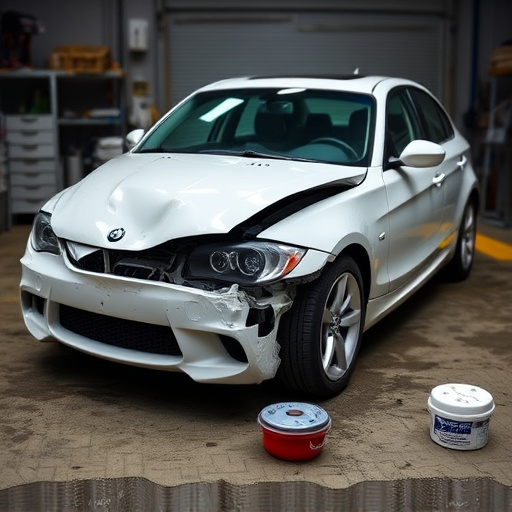
Oxidation is a natural chemical process where certain substances react with oxygen, leading to the formation of new compounds. In the context of paint finish restoration, oxidation plays a significant role in determining the longevity and quality of auto bodywork. When metal surfaces, commonly found in auto repair services and dent removal processes, are exposed to air, they undergo oxidation, resulting in the creation of an oxide layer on their surface.
This oxide layer, often visible as a discolored or rusted appearance, can severely impact the paint finish. Over time, if left unaddressed, oxidation can weaken the bond between the metal and paint, leading to peeling, chipping, and overall deterioration of the paint job. Understanding this process is crucial for those in the auto bodywork industry, as it highlights the importance of proper restoration techniques to combat oxidation and ensure a durable, vibrant paint finish.
– Definition of oxidation
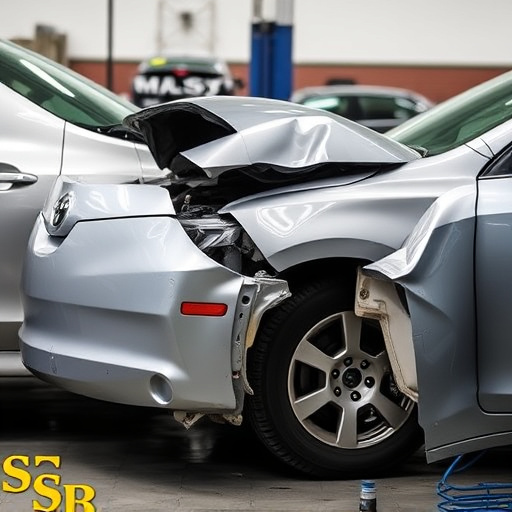
Oxidation is a natural process where certain substances react with oxygen present in the air, leading to chemical changes and the formation of new compounds. In the context of paint finish restoration, understanding oxidation is crucial for achieving optimal results. When it comes to damaged or faded auto body painting or vehicle dent repair, oxidation plays a significant role in both the problem and its solution.
In cases where paint has been compromised due to exposure, such as during collision repair, oxidation can cause the paint to weaken and lose its luster. This process involves the breakdown of the paint’s surface, leading to flaking or peeling. Restoring these damaged finishes requires addressing the underlying oxidation to ensure a durable, long-lasting repair that matches the original paint finish restoration quality.
– Mechanisms and causes of oxidation in paint finishes

Oxidation is a common enemy in the realm of paint finish restoration. It occurs when the paint’s surface interacts with oxygen and moisture present in the environment, leading to a series of chemical reactions. These mechanisms involve the oxidation of metal components within the paint, often accelerated by exposure to UV light, heat, or certain chemicals. In the context of car collision repair or auto collision repair, where paint finishes may be damaged, understanding these processes is vital for achieving a flawless restoration.
The primary drivers of oxidation include environmental factors such as air pollution and humidity, as well as poor storage conditions or inadequate surface preparation during tire services. Over time, these factors can cause the paint to yellow, crack, or even lift, compromising the structural integrity of the finish. Recognizing the signs of oxidation and taking proactive measures during the restoration process is crucial to ensure a durable, long-lasting repair that matches the original factory finish.
Oxidation plays a significant role in the deterioration of paint finishes, making its understanding crucial for successful paint finish restoration. By recognizing the mechanisms behind this process and addressing the underlying causes, restorers can effectively combat oxidation, ensuring longer-lasting and more aesthetically pleasing restorations. This knowledge is vital to achieving optimal results in the paint finish restoration process.

